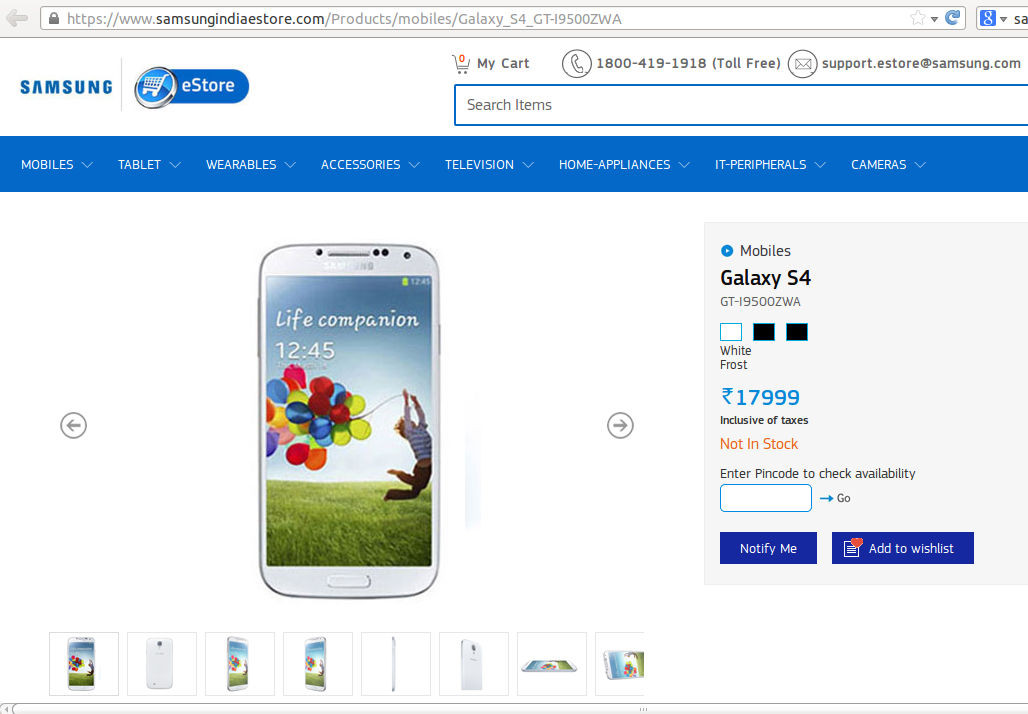An edited version of this new story first appeared in dna of money edition on Friday, 15 May 2015.
A shake-up of sorts is being witnessed in the development team at global hospitality major Hilton Worldwide's development operations in India. It's learnt that the international hotel chain's head of development for India has already put in his papers and that the said development could possibly trigger more exits going forward.
Industry sources privy to the development said that Rajesh Punjabi, vice president of development for Hilton Worldwide's Indian operation has quit the organisation and is serving notice period in the company. "Having associated with Hilton for almost a decade now, Punjabi has put in his papers over a week ago and will be with the hotel company till September this year," sources said.
Details of Punjabi's new
endeavours are not known yet but industry sources indicated that he is
set to hit the entrepreneurial road with his own venture. Punjabi did
not respond to calls and text message seeking a confirmation on the
same.
While Hilton Worldwide is yet to issue an official statement about Punjabi's decision to move on, a senior company executive confirmed the development saying they were communicated about his decision a week ago. "We still do not know who will replace Punjabi as the head of development. I guess the company will start looking for a suitable candidate (internally or externally) for the vacant position now," said the executive requesting anonymity.
The development team operating out of Mumbai includes two more executives in addition to Punjabi. Earlier operating out of a separate office at Bandra, Mumbai, the development team was relocated into Hilton Mumbai International Airport premises as part of cost cutting exercise in 2013.
In terms of hotel developments, while Hilton opened five hotels last year and there are plans to launch over a couple of hotels including the debut of their Conrad brand in Pune this year. The 310-room hotel is owned by Sandeep Raheja promoted Palm Grove Beach Hotels Pvt Ltd, a wholly owned subsidiary of the K Raheja Constructions Group.
The company will enhance presence in the Goa hospitality market launching a Hilton branded hotel, which is not going to be a beach property but located on a hill looking down at the coast. The company, in 2012, had launched a 105-room DoubleTree by Hilton hotel at Arpora-Baga in Goa.
Hilton Worldwide currently operates the hotels and resorts under its two full-service, upscale brands viz. Hilton Hotels & Resorts and DoubleTree by Hilton and its two mid-market, focus-service brands viz. Hilton Garden Inn and Hampton by Hilton.
It currently has hotels operational in New Delhi, Gurgaon, Mumbai, Bangalore, Chennai, Trivandrum, Vadodara, Pune, Goa, Shillim and Jaipur.
A shake-up of sorts is being witnessed in the development team at global hospitality major Hilton Worldwide's development operations in India. It's learnt that the international hotel chain's head of development for India has already put in his papers and that the said development could possibly trigger more exits going forward.
Industry sources privy to the development said that Rajesh Punjabi, vice president of development for Hilton Worldwide's Indian operation has quit the organisation and is serving notice period in the company. "Having associated with Hilton for almost a decade now, Punjabi has put in his papers over a week ago and will be with the hotel company till September this year," sources said.
 |
| Rajesh Punjabi |
While Hilton Worldwide is yet to issue an official statement about Punjabi's decision to move on, a senior company executive confirmed the development saying they were communicated about his decision a week ago. "We still do not know who will replace Punjabi as the head of development. I guess the company will start looking for a suitable candidate (internally or externally) for the vacant position now," said the executive requesting anonymity.
The development team operating out of Mumbai includes two more executives in addition to Punjabi. Earlier operating out of a separate office at Bandra, Mumbai, the development team was relocated into Hilton Mumbai International Airport premises as part of cost cutting exercise in 2013.
In terms of hotel developments, while Hilton opened five hotels last year and there are plans to launch over a couple of hotels including the debut of their Conrad brand in Pune this year. The 310-room hotel is owned by Sandeep Raheja promoted Palm Grove Beach Hotels Pvt Ltd, a wholly owned subsidiary of the K Raheja Constructions Group.
The company will enhance presence in the Goa hospitality market launching a Hilton branded hotel, which is not going to be a beach property but located on a hill looking down at the coast. The company, in 2012, had launched a 105-room DoubleTree by Hilton hotel at Arpora-Baga in Goa.
Hilton Worldwide currently operates the hotels and resorts under its two full-service, upscale brands viz. Hilton Hotels & Resorts and DoubleTree by Hilton and its two mid-market, focus-service brands viz. Hilton Garden Inn and Hampton by Hilton.
It currently has hotels operational in New Delhi, Gurgaon, Mumbai, Bangalore, Chennai, Trivandrum, Vadodara, Pune, Goa, Shillim and Jaipur.








